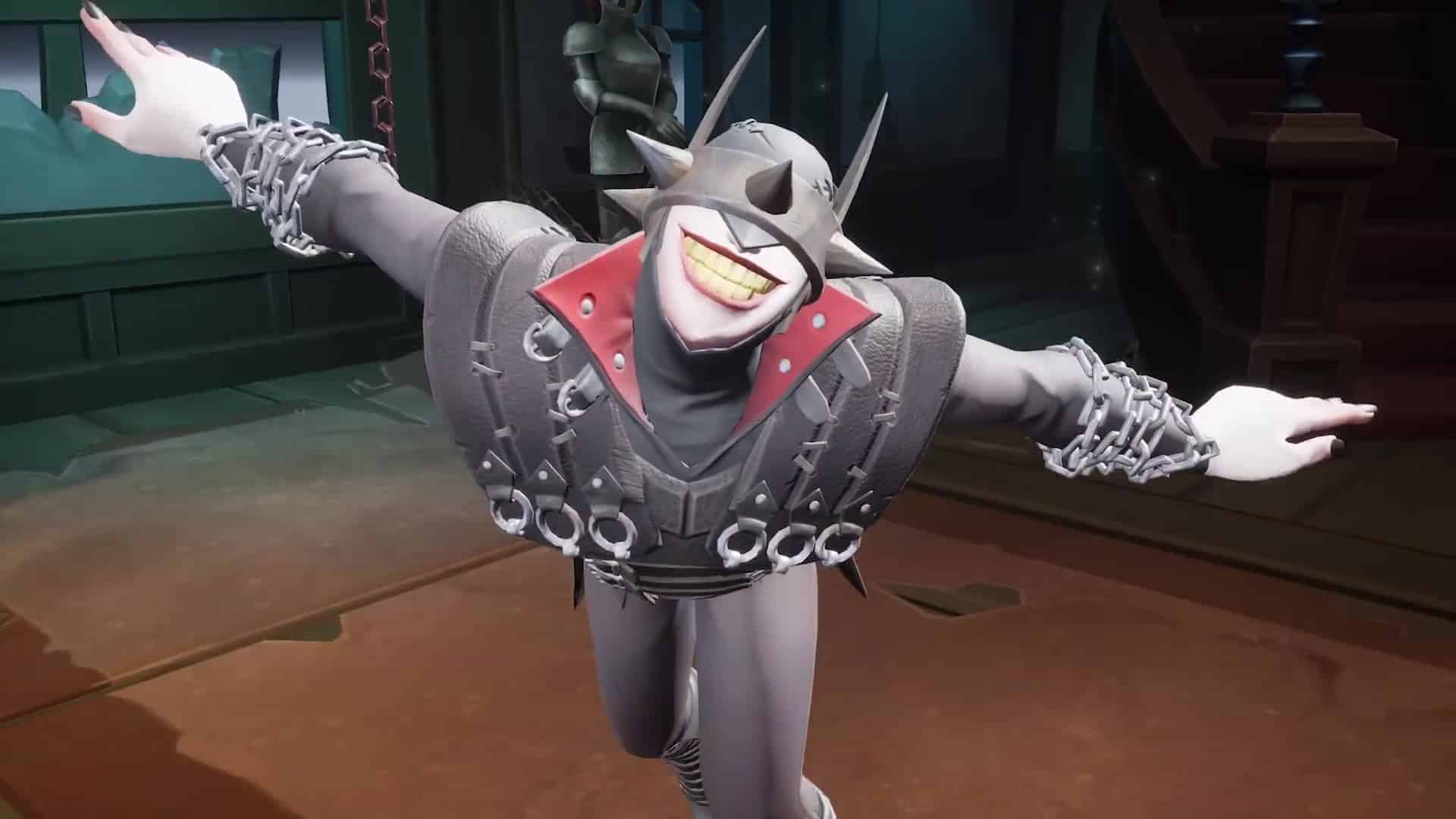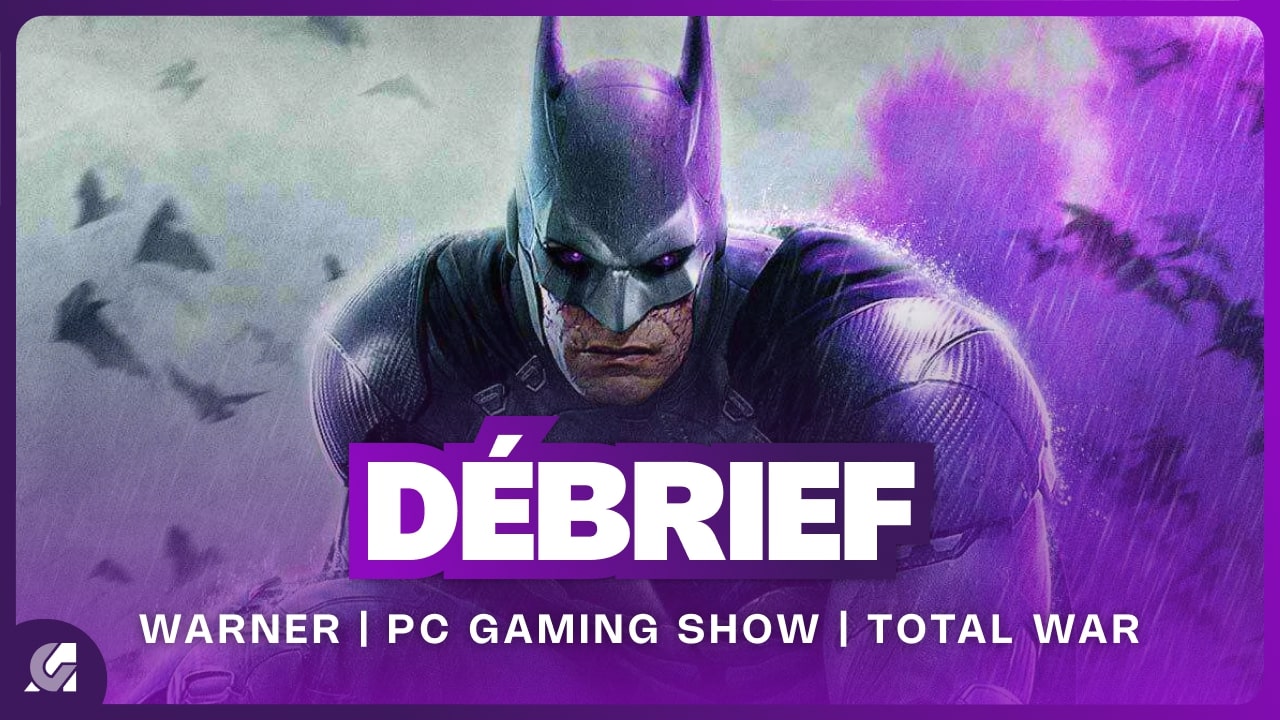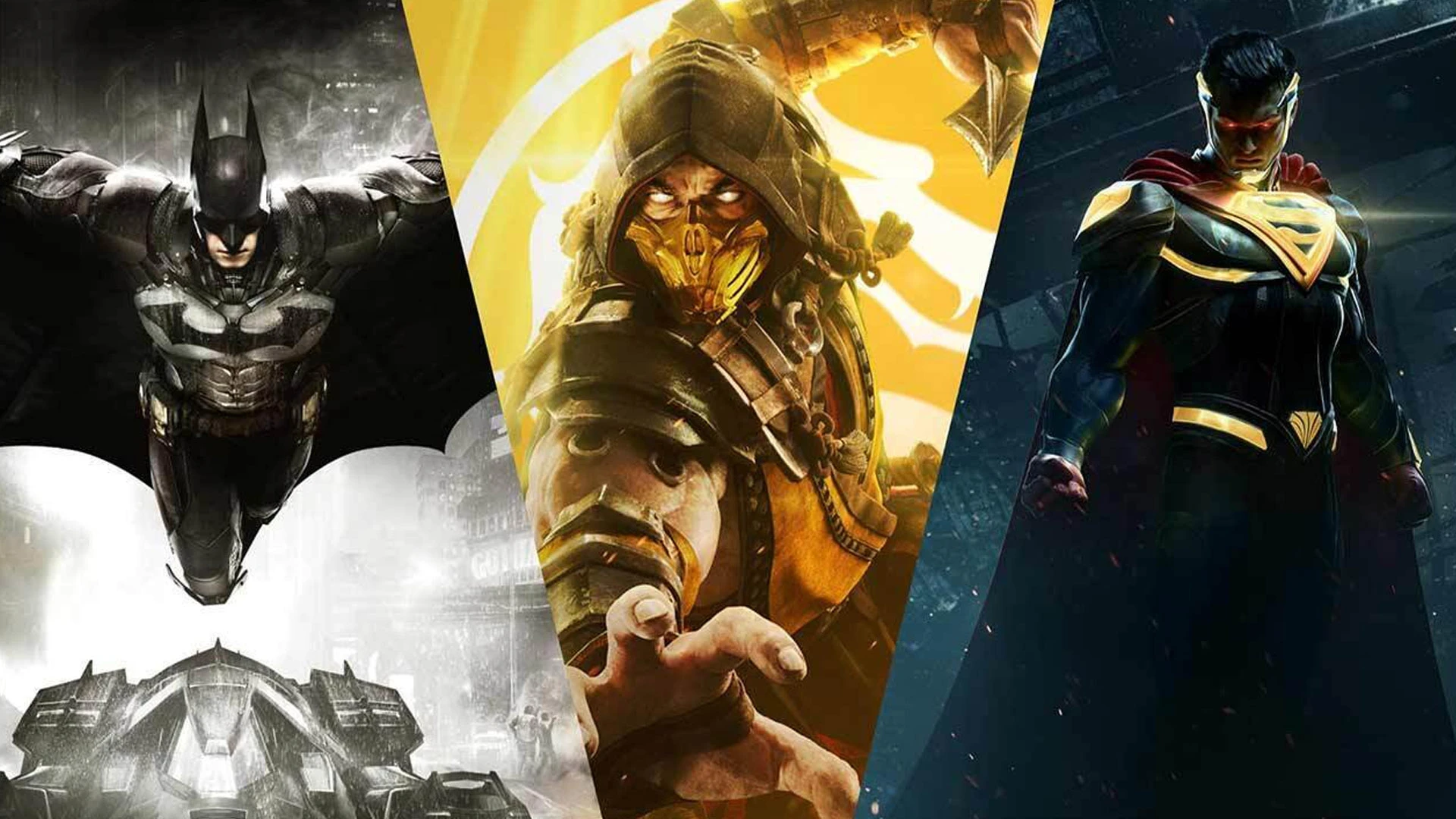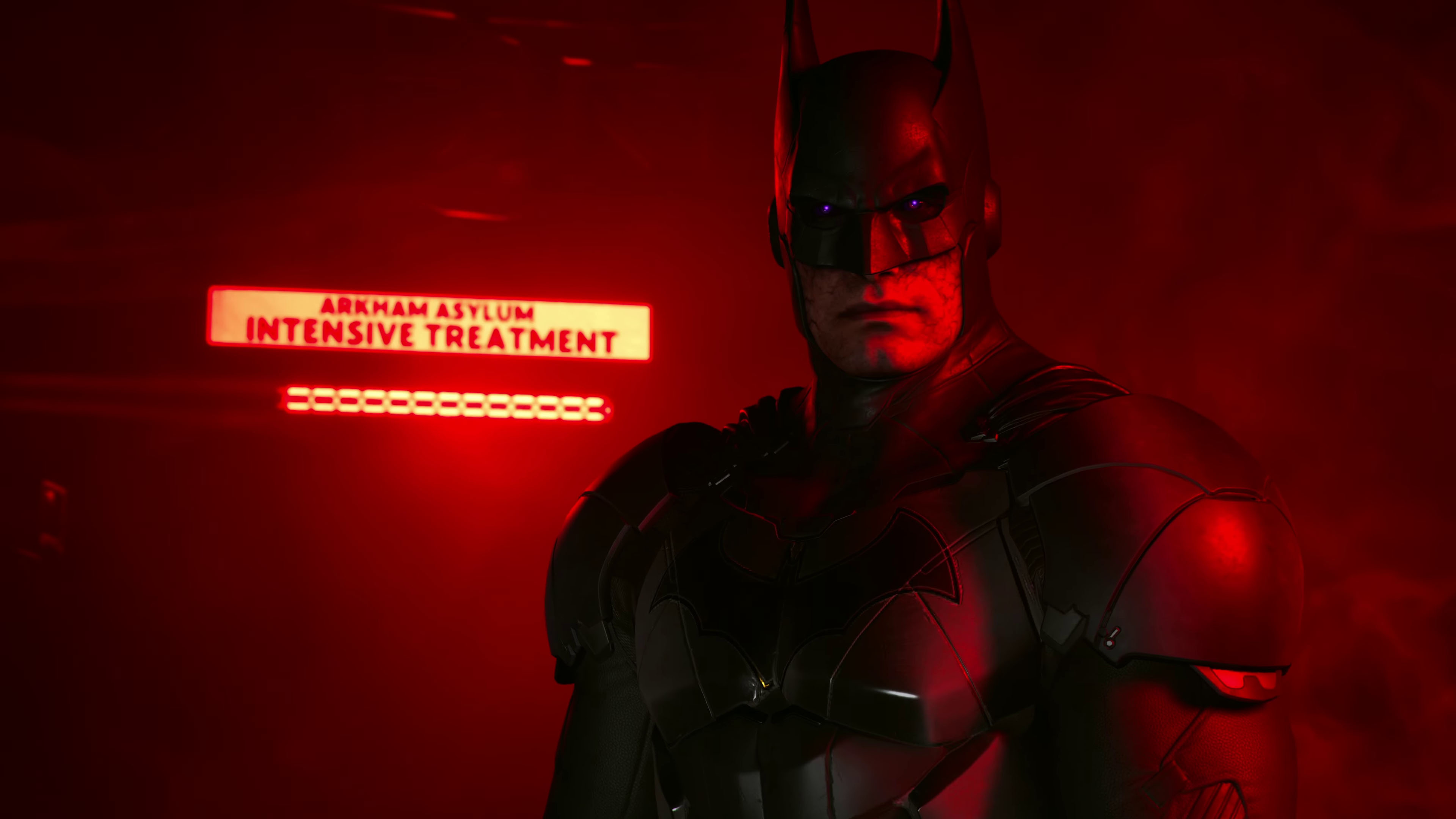Ready for some tech gossip? You won’t believe what’s happening in the world of Netflix and Apple!
In our latest video, Owen Poole dives into the juicy details: Netflix is eyeing Warner Bros. for a whopping $82.7 billion! Meanwhile, Apple is seeing its top execs retire faster than you can say “iPhone 15.” Plus, brace yourselves—your next laptop may cost you a pretty penny thanks to AI’s insatiable appetite for memory chips!
I mean, who needs a crystal ball when you have Owen breaking it down for you? Don’t miss out on these hot topics that could change your streaming and shopping game!
Check it out here: https://www.youtube.com/watch?v=pu1r_RSIPXs
#tech #technews #netflix #apple #laptop
In our latest video, Owen Poole dives into the juicy details: Netflix is eyeing Warner Bros. for a whopping $82.7 billion! Meanwhile, Apple is seeing its top execs retire faster than you can say “iPhone 15.” Plus, brace yourselves—your next laptop may cost you a pretty penny thanks to AI’s insatiable appetite for memory chips!
I mean, who needs a crystal ball when you have Owen breaking it down for you? Don’t miss out on these hot topics that could change your streaming and shopping game!
Check it out here: https://www.youtube.com/watch?v=pu1r_RSIPXs
#tech #technews #netflix #apple #laptop
🎬 Ready for some tech gossip? You won’t believe what’s happening in the world of Netflix and Apple! 🍿
In our latest video, Owen Poole dives into the juicy details: Netflix is eyeing Warner Bros. for a whopping $82.7 billion! Meanwhile, Apple is seeing its top execs retire faster than you can say “iPhone 15.” Plus, brace yourselves—your next laptop may cost you a pretty penny thanks to AI’s insatiable appetite for memory chips! 💸
I mean, who needs a crystal ball when you have Owen breaking it down for you? Don’t miss out on these hot topics that could change your streaming and shopping game!
Check it out here: https://www.youtube.com/watch?v=pu1r_RSIPXs
#tech #technews #netflix #apple #laptop

0 Comments
·0 Shares









